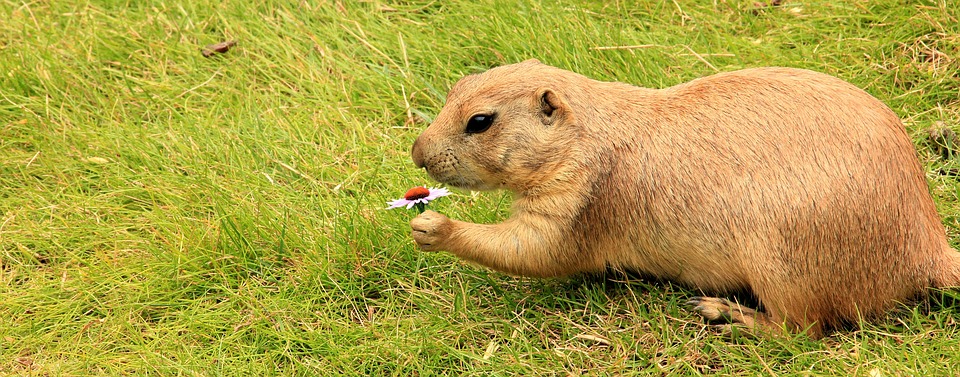Creating a Designated Play Area for Your Dog: A Guide to Promoting Health and Happiness
Introduction
As a responsible dog owner, providing a designated play area for your furry friend is crucial for their physical and mental well-being. In this comprehensive guide, we will explore the importance of a dedicated play area, discuss how to select the perfect location, highlight essential features, and offer tips on dog-proofing and creating an interactive environment. Let’s embark on this journey to give your beloved pup the play area they deserve!
The Importance of a Designated Play Area for Your Dog
A designated play area is not just a luxury but a necessity for your dog’s overall health and happiness. Dogs require regular exercise to stay healthy, maintain a healthy weight, and prevent behavioral issues caused by boredom. Moreover, a specific play area allows your dog to burn off excess energy, reducing the likelihood of destructive behavior in your home. Additionally, a play area provides mental stimulation, aids in socialization, and strengthens the bond between you and your furry companion.
Selecting the Perfect Location
When choosing a location for your dog’s play area, several factors should be considered. Firstly, ensure the area is secure, preferably enclosed by a fence or natural barriers. This prevents your dog from wandering off and keeps them safe from potential hazards. Secondly, consider the size of the play area, which should be suitable for the breed and size of your dog. Finally, opt for a location that offers shade during hot weather to protect your dog from excessive heat and sunburn.
Essential Features for a Dog Play Area
To create an engaging and fun play area for your dog, incorporate the following essential features:
– Soft, non-toxic flooring: Use materials like grass, artificial turf, or rubber mats to provide a safe and comfortable surface for your dog to play on.
– Play equipment: Install dog-friendly obstacles such as tunnels, ramps, and agility courses to stimulate your dog’s physical and mental abilities.
– Water source: Ensure your play area has a readily available water source to keep your dog hydrated during playtime.
– Shaded areas: Designate spots with natural or artificial shade to shield your dog from direct sunlight.
– Toys and interactive puzzles: Include a variety of toys and puzzles that keep your dog entertained and mentally stimulated.
Dog-Proofing the Play Area
To guarantee your dog’s safety and prevent potential accidents, it is crucial to dog-proof the play area by:
– Removing toxic plants: Identify and remove any toxic plants that may be present in or around the play area.
– Securing loose items: Remove any loose objects, such as gardening tools or small toys, that your dog could potentially chew on or swallow.
– Checking for escape routes: Regularly inspect the perimeter to ensure there are no gaps or weak spots that your dog could exploit to escape.
– Providing shade and water: Ensure your dog has access to shaded areas and fresh water throughout their playtime.
Creating an Interactive Environment
Enhance your dog’s play area by incorporating interactive elements such as:
– Sensory stations: Introduce various textures, scents, and sounds to stimulate your dog’s senses. This can include different surfaces, scented plants, and strategically placed wind chimes.
– Digging area: Allocate a specific spot where your dog can indulge in their natural instinct to dig. Fill it with soft sand or dirt, and bury toys or treats for added excitement.
– Training opportunities: Utilize the play area to work on obedience training, teaching new tricks, or reinforcing existing commands. This enhances mental stimulation and strengthens the bond between you and your dog.
Frequently Asked Questions (FAQs)
a. Q: Can I create a designated play area for my dog indoors?
A: Yes, you can create a smaller play area indoors, using puppy gates or room dividers to establish boundaries. Ensure the area is safe and free of hazards.
b. Q: How often should I clean and sanitize the play area?
A: Clean the play area regularly, removing any waste and sanitizing the surrounding surfaces. The frequency depends on your dog’s usage and individual needs.
c. Q: Can I use mulch or wood chips as flooring in the play area?
A: While mulch or wood chips may seem like a cost-effective option, they can harbor pests and pose choking hazards. It’s better to choose safer alternatives like grass, artificial turf, or rubber mats.
d. Q: Is it necessary to supervise my dog during playtime in the designated area?
A: It is recommended to supervise your dog during playtime, especially if they are young, have behavioral issues, or are using the area for the first time. Supervision ensures their safety and allows you to intervene if necessary.
e. Q: Can I use the play area for multiple dogs?
A: Yes, the play area can be shared among multiple dogs, as long as it is spacious enough to accommodate all dogs comfortably. Ensure there are no aggressive behaviors or resource guarding issues among the dogs.
Remember, creating a designated play area for your dog is an investment in their physical and mental well-being. With careful planning and consideration, you can provide them with an enriching environment that promotes their overall health, happiness, and longevity.









